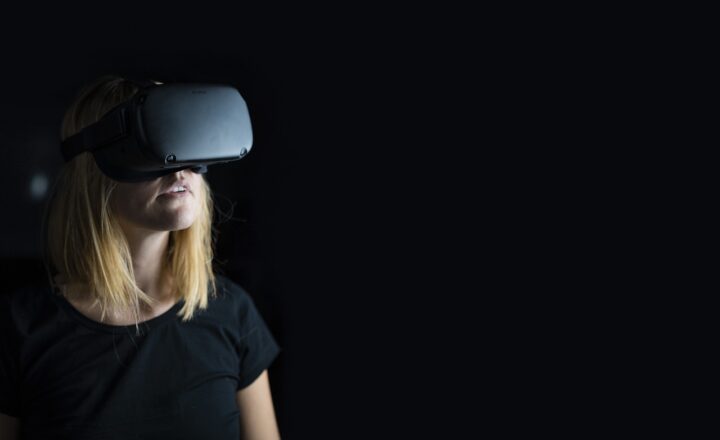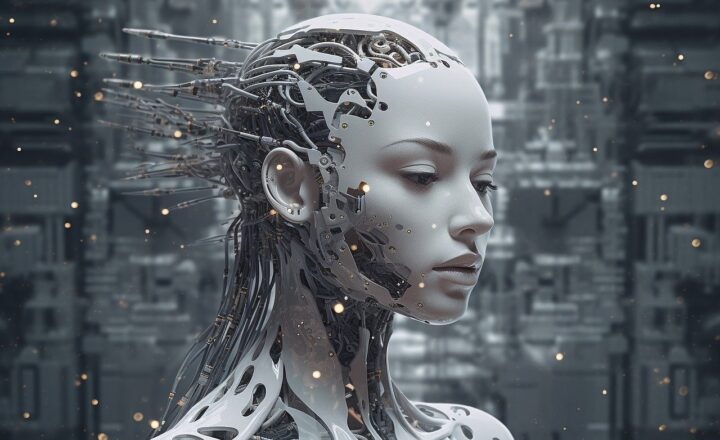
As artificial intelligence (AI) continues to evolve at a remarkable pace, a pressing question arises: can machines truly replicate the essence of human creativity? This inquiry delves into the intricate dynamics of innovation, artistry, and emotional expression, seeking to understand the unique characteristics that define human creativity and how they compare with the capabilities of AI. Throughout this article, we aim to explore the nuances of creativity, the strengths and limitations of AI, and what the future may hold for the interplay between these two worlds.
1. Defining Creativity: A Complex Human Trait
To embark on this exploration, it’s essential to define what we mean by creativity. Creativity often encompasses the ability to generate new ideas, solutions, or artistic expressions that are both original and meaningful. It is not merely about producing novel outcomes; it also involves the capacity to connect disparate concepts, express emotions, and resonate with audiences.
Some of the pivotal attributes of human creativity include:
- Emotional Depth: Human creativity is fueled by emotions, experiences, and individual perspectives that shape how ideas are expressed and perceived.
- Cultural Context: Creators draw upon cultural backgrounds, societal influences, and historical contexts that inform their work and give it depth.
- Intuition and Serendipity: Human thinkers often rely on intuition and chance encounters, leading to unexpected breakthroughs and discoveries that machines may struggle to replicate.
2. The Rise of AI in Creative Domains
AI has made considerable strides in creative processes, particularly in domains like art, music, and writing. Machine learning algorithms can analyze vast datasets, identify patterns, and generate content that mimics human creativity. Some notable examples include:
- Art Generators: Platforms like DeepArt or DALL-E utilize neural networks to create original artworks based on user inputs, providing new forms of artistic expression.
- Music Composition: AI tools such as Amper Music and AIVA can compose music by learning from existing pieces, yielding compositions that are indistinguishable from human-created music to the untrained ear.
- Content Creation: Natural language processing models, like OpenAI’s GPT series, can generate articles, stories, and even poetry, prompting discussions about originality and authorship in the digital age.
However, an essential question arises: while AI can generate content that appears creative, does it possess true creativity? Or does it merely mimic human output based on learned patterns?
3. The Limitations of AI Creativity
Despite its advancements, AI creativity remains constrained by several limitations:
- Lack of Consciousness: AI does not possess consciousness, emotions, or subjective experiences, which limits its ability to create genuinely original work stemming from lived experiences or deep emotional connections.
- Dependence on Data: AI outputs are derived from existing data, which can lead to a lack of novelty or originality. Algorithms lack the intuition and emotional authenticity that characterize human creators.
- Absence of Cultural Intuition: AI often struggles to grasp complex cultural references and the subtleties of human experience, resulting in work that may lack depth or nuanced meaning.
As we venture further into a future increasingly influenced by AI, these limitations prompt critical reflections on what creativity truly means and how it can be defined in a digitally dominated world.
4. The Symbiosis of AI and Human Creativity
Rather than positioning AI as a competitor to human creativity, many experts argue for a collaborative approach where both entities can complement one another. The partnership between AI and human creators could pave the way for unprecedented innovations. Here’s how:
- Augmented Creativity: By leveraging AI tools as assistants, human creators can enhance their creative processes, explore new ideas, and push boundaries in their respective fields. For instance, artists can use AI to generate initial sketches that they then refine, adding personal flair and emotional depth.
- Democratizing Creativity: AI can enable more individuals to engage with creative processes. With accessible tools that require minimal technical skills, anyone can explore creativity that may have been previously inaccessible, fostering a culture of experimentation and innovation.
- New Forms of Art: The fusion of human creativity and AI can generate novel art forms, blending algorithms with human intuition to create hybrid expressions that enrich the artistic landscape.
This collaborative effort emphasizes that while AI may excel in generating outputs, human context, emotion, and perspective are irreplaceable, adding unique value to creative products.
5. Navigating Ethical Considerations
The integration of AI into creative fields raises ethical questions surrounding originality, authorship, and fairness. As AI-generated works become commonplace, it prompts discussions about:
- Ownership Rights: Who owns the rights to AI-generated artwork? As these works are produced based on existing data, it complicates notions of intellectual property and copyright law.
- Quality Control: The increasing use of AI in creative industries necessitates mechanisms to assure quality and discernment in the works presented to audiences, preventing saturation of subpar content.
- Cultural Appropriation: As AI incorporates vast datasets, distinguishing between genuine cultural representation and appropriation becomes vital to maintain cultural integrity within creative expressions.
Engaging in these conversations is crucial to creating a balanced relationship between technology and the arts, ensuring that ethical standards advance alongside technological capabilities.
6. The Future: A Collaborative Landscape
As we look to the future, the landscape of creativity will likely continue to be reshaped by the technological innovations AI brings. Here are some possibilities to consider:
- Enhanced Personalization: AI could analyze individual preferences and create tailored creative experiences based on user engagement and feedback, leading to more meaningful interactions with art and content.
- Human-AI Co-creators: Projects that involve both human and AI contributions could redefine traditional notions of authorship, leading to unique collaborations that result in wholly new forms of creativity.
- Creative AI Education: As AI tools become more sophisticated, educational institutions may incorporate AI-based training in creative fields, teaching students how to harness technology for enhanced expression while retaining their distinctive voices.
Ultimately, the interplay between AI and human creativity could usher in a new era of innovation, marked by collaborative exploration and redefined boundaries of artistic expression.
Conclusion
The questions surrounding AI and human creativity are complex and multifaceted. While AI has made significant strides in replicating certain aspects of creative processes, it lacks the emotional depth, cultural context, and subjective human experience that define true creativity. However, rather than viewing AI as a threat, embracing a future of collaboration may lead to the most exciting developments in creativity yet.
As we navigate this evolving landscape, the key lies in recognizing the unique contributions of both AI and human creators and fostering an environment where technology enhances, rather than diminishes, the human experience of creativity. The answer to who will win the future in creativity may not be a competition at all, but rather a harmonious partnership that redefines the very essence of what it means to create.







